Chemins de la Liberté – The Path to Freedom: tour of Gresse-en-Vercors
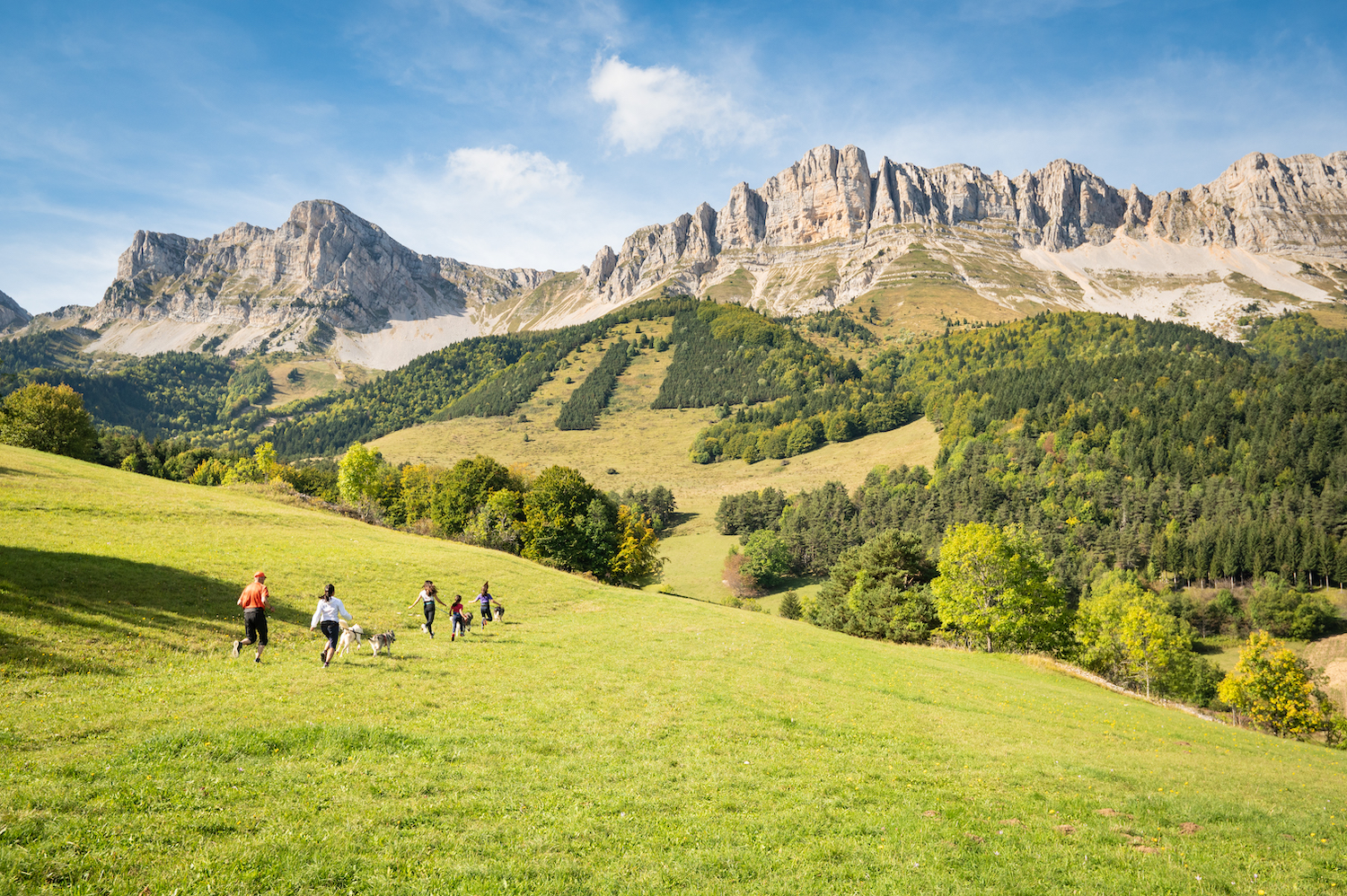
Gresse-en-Vercors
Chemins de la Liberté – The Path to Freedom: tour of Gresse-en-Vercors
2h
9,4km
+297m
-296m
Embed this item to access it offline
A panoramic tour around Gresse-en-Vercors, best enjoyed by bike (but also on foot) as you switch between small roads and tracks.
9 points of interest

B. Brun-Cosme Passage-way path
The day after the Germans were ambushed on July 3, 1944 at the Allimas pass, their troops inflicted bloody reprisals against the civilian population. They arrested some 20 men, rounding them up in the town hall square and submitting them to a brutal interrogation on the first floor of the building. Five of them – people from the village – were detained and shot dead on this very spot: Alexis Garnier (42 years old), Gaston Faure (44), Raymond Cuchet (27), and two young brothers, Edmond (21) and Marcel Martin-Dhermont (20).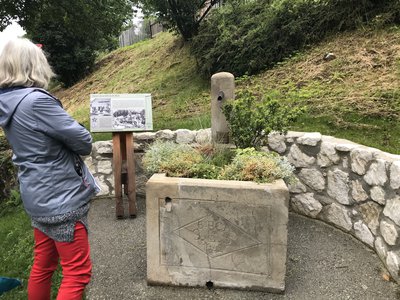
M. Rocheblave Uclaire pond
The pond was built in 1942 by the Scouts and Skiers Section of the 6th Battalion of Alpine Infantrymen headed by battalion commander Albert Seguin de Reyniès. The section was stationed at the High Mountain Training Centre set up by Captain Pourchier in 1940. The units of the 6th Battalion came to train here, with lieutenants Eysseris, Chabl, Tanant and Gardent also passing through. When the battalion was disbanded on November 28, 1942, they answered the call of their commander and joined the Resistance, making a name for themselves as heroes during the fighting in the Vercors in 1944. The hamlet of Uclaire, which sheltered a member of the Maquis, was burned by German troops on July 4, 1944 in retaliation for the attack on an enemy convoy on July 3 at the Allimas pass.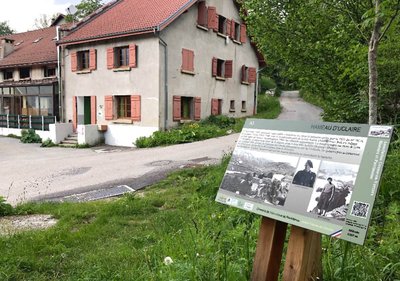
B. Brun-Cosme Uclaire
In the autumn of 1943, a handful of Resistance fighters set up here in the hamlet abandoned by the Scouts and Skiers Section of the 6th Battalion of Alpine Infantrymen. They spent the winter of 1943-1944 under the command of Louis Kalck (André), with Robert Adage serving as liaison officer. Their numbers rose in the spring of 1944. The camp consisted of 37 men in July, nearly all of whom came from the region, with Achille Demaret (Potin) in command. They left in haste on July 3, 1944 after being warned about the attack by the German convoy at the Allimas pass, before making their way to the Resistance in the Vercors. The next day, July 4, the Germans destroyed the site they had left behind, burning the hamlet to the ground.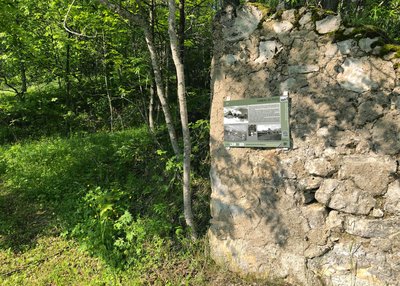
B. Brun-Cosme The hamlet of Puits
Two farms were inhabited before being burned by German soldiers accompanied by militia on July 24, 1944. The challenges of the altitude, the long and snowy winters, the poor quality of the soil and low harvests meant that peasant life was harsh and heavy-going on these steep slopes. The fields, which were larger at the time than they are today, were home to a handful of crops, and domestic animals were also bred so that the men could be relatively self-sufficient. Two structures are still standing: the oven – used for baking bread – at the northern entrance to the hamlet; and the pond, which was used as a drinking trough for the animals and a washhouse for the peasant women.
B. Brun-Cosme Mouttet Farm
On July 24, 1944, German troops went looking for a young member of the Resistance called Georges Mouttet. He was not in when the troops arrived at the family home, but they interrogated his widowed mother, Blanche Mouttet, with great brutality. Her cries were heard by the woman living next door.
When the torturers didn’t find out the information about her son they had come looking for, they finished Blanche off with blows from a pickaxe. Her body was burnt in her own home, the fire spreading to the rest of the hamlet, sparing the only house on the other side of the road.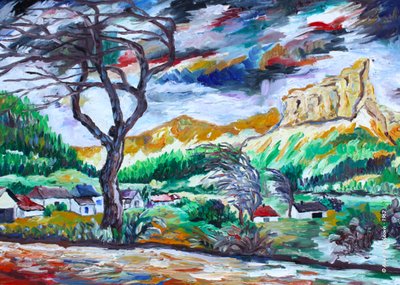
A. Lyoubovin Romantic Mont Aiguille
The Romantic movement reached its peak in the 19th century. Mont Aiguille became a key subject of landscape paintings, often in tandem with agricultural scenes that depicted an ideal of harmony. Mont Aiguille offered these Romantic artists an aesthetic that you can explore from the various angles offered by the surrounding summits and plateaus.
The style of the period depicts an idealised Mont Aiguille, the symbol of nature in all its harmony. Humans make only discreet appearances, pictured performing their daily tasks or in contemplation. The paintings convey a serenity and tranquillity that contrasts strongly with the hustle and bustle of our lives in the modern world.
Z. Hudzikova Ambush at Col de l'Allimas
On July 24, 1944, German troops went looking for a young member of the Resistance called Georges Mouttet. He was not in when the troops arrived at the family home, but they interrogated his widowed mother, Blanche Mouttet, with great brutality. Her cries were heard by the woman living next door.
When the torturers didn’t find out the information about her son they had come looking for, they finished Blanche off with blows from a pickaxe. Her body was burnt in her own home, the fire spreading to the rest of the hamlet, sparing the only house on the other side of the road.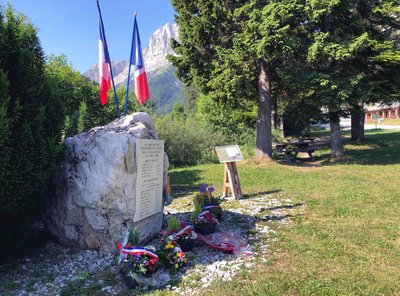
B. Brun-Cosme Stone of Remembrance
After the Allied landings on June 6, 1944, growing numbers of Resistance fighters climbed the south-eastern edge of the Vercors to join the Maquis who had gathered in the mountains, which was now a very attractive proposition for them. But few men were on hand to guard these high, narrow passages when the 157th Alpine Reserve Division launched a widespread attack on July 21, 1944. Under the command of General Pflaum, the aim of the Germans was to crush the Vercors Maquis. In spite of the courage and bravery they showed during the fighting, the watchmen were quickly overcome by an enemy with superior numbers and weapons. The order to disperse was received on July 23, leaving military victory to the Germans. Resistance fighters from inside the plateau were also cut down when they tried to exfiltrate through the passes. This stone, placed symbolically at the foot of the Pas de la Ville, serves as a reminder of them.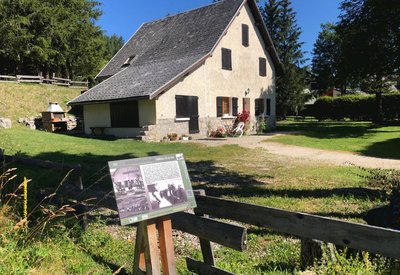
B. Brun-Cosme Maison Gaston Faure
A barn belonging to a farmer, Gaston Faure, once stood on this spot. Erected in the autumn of 1940 by the Scouts and Skiers Section of the 6th Battalion of Alpine Infantrymen, it was then used as a high mountain training centre for the unit. Large numbers of mountain infantrymen undertook their training here in the winter of 1940-1941. Alongside them were storied leaders who later joined the Resistance and took part in the battles of the Vercors: Chabal, Tanant, Gardent and Eysseric. German troops destroyed the house with explosives on July 4, 1944 in retaliation for the Resistance’s attack on their convoy the day before at the Allimas pass.
Description
- Setting out from Gresse-en-Vercors, go back to the northern entrance to the village to start the trail on the road that climbs up at Serpaton to the hamlet of La Ville.
- Walk back down the same road to Uclaire, and head for Col de l'Allimas along the path (GTV).
- From Col de l'Allimas, go down the road to the intersection with the GTV in the direction of Pas du Bru, then Combe Rouge, Aux Fayolles, Côte Emblay and Girard, and then Gresse-en-Vercors via the road to Grand Veymont.
- Departure : Gresse-en-Vercors
- Arrival : Gresse-en-Vercors
- Towns crossed : Gresse-en-Vercors
Forecast
Altimetric profile
Information desks
43, route du Grand-Veymont, 38650 Gresse-en-Vercors
Report a problem or an error
If you have found an error on this page or if you have noticed any problems during your hike, please report them to us here:
